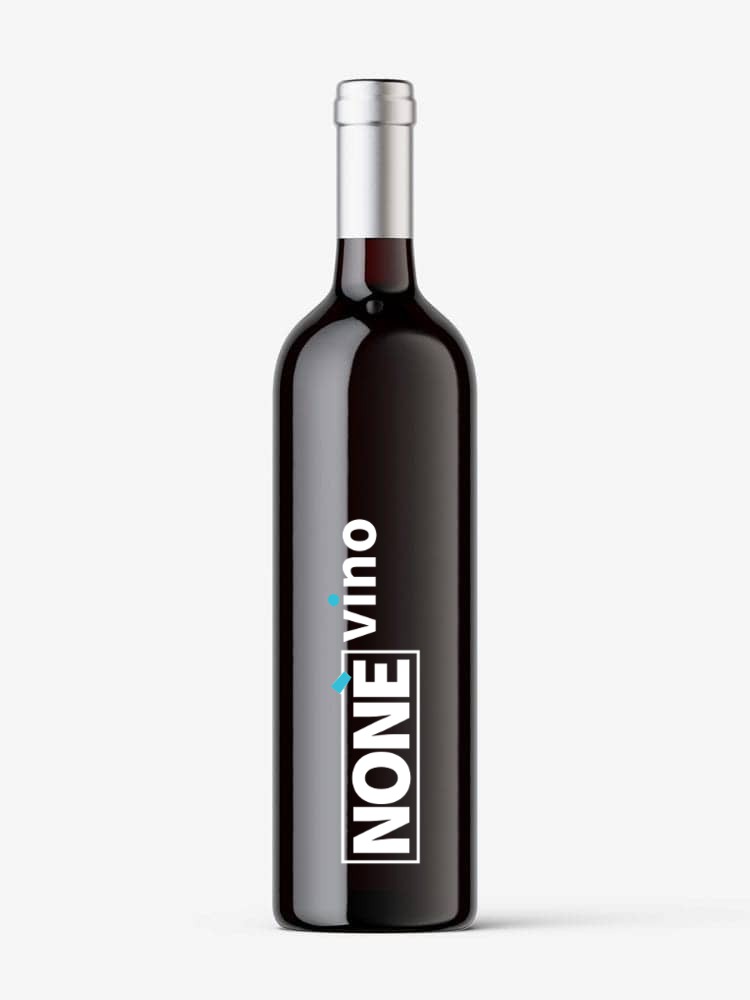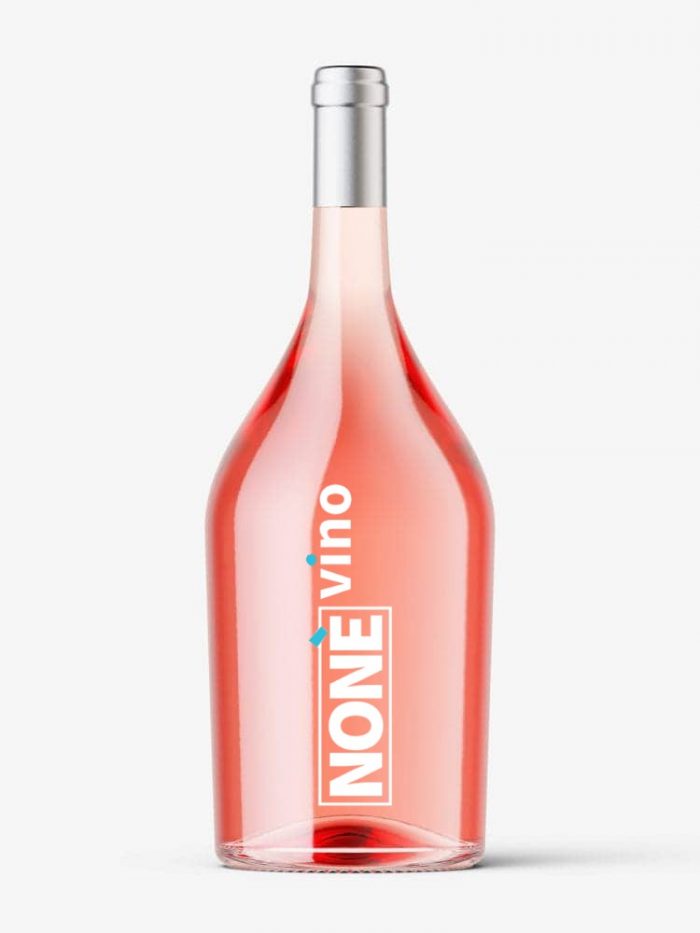Cabernet Franc
Black Grape
Info
The Cabernet Franc grape, black berried, is grown in the regions: Abruzzo, Basilicata, Calabria, Emilia-Romagna, Friuli Venezia Giulia, Latium, Liguria, Lombardy, Marche, Molise, Piedmont, Puglia, Sardinia, Sicily, Tuscany, Trentino Alto Adige, Umbria, Veneto.
Originally from France, more precisely from Gironde (Bordeaux), it was imported to Italy in 1820 by Count Manfredo di Sambury in his possessions in the province of Alessandria.
Wine Characteristics
Vinified in purity, from the Cabernet Franc grape a deep ruby red wine is obtained; on the nose, vegetal and red fruit aromas are perceived, while in the mouth there is a good structure and tannins of particular thickness.
Cabernet Sauvignon
Black Grape
Info
The black berried Cabernet Sauvignon grape is grown in Italy in the following regions:
Abruzzo, Apulia, Basilicata, Calabria, Campania, Emilia-Romagna, Friuli Venezia Giulia, Latium, Liguria, Lombardy, Marche, Molise, Piedmont, Sardinia, Sicily, Tuscany, Trentino Alto Adige, Umbria, Valle d’Aosta, Veneto.
Originating from Bordeaux (France), in the Mèdoc and Graves areas, it is undoubtedly the most renowned variety in the world for the production of wines of great quality and longevity. It is often used in blending with Cabernet franc and Merlot.
Wine Characteristics
The Cabernet Sauvignon grape is able to produce intense wines rich in color, rich in tannins and aromatic substances. Capable of long aging, thanks to the great structure of this vine, it is possible to dare long macerations and aging in wood, especially French oak, which allow it to express a complex and fascinating bouquet over time.







